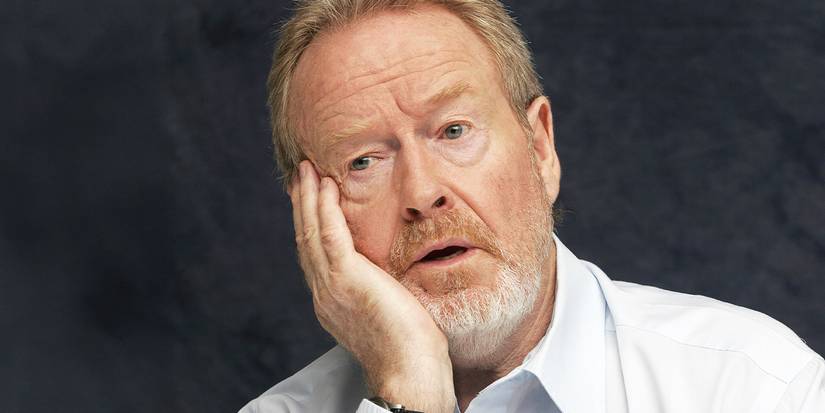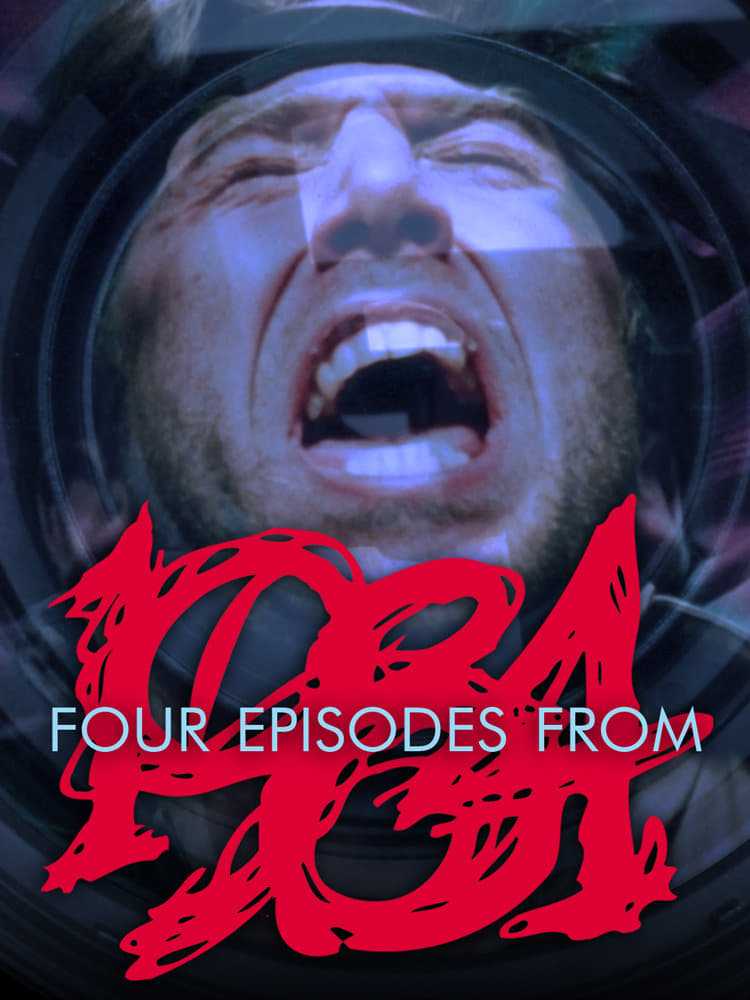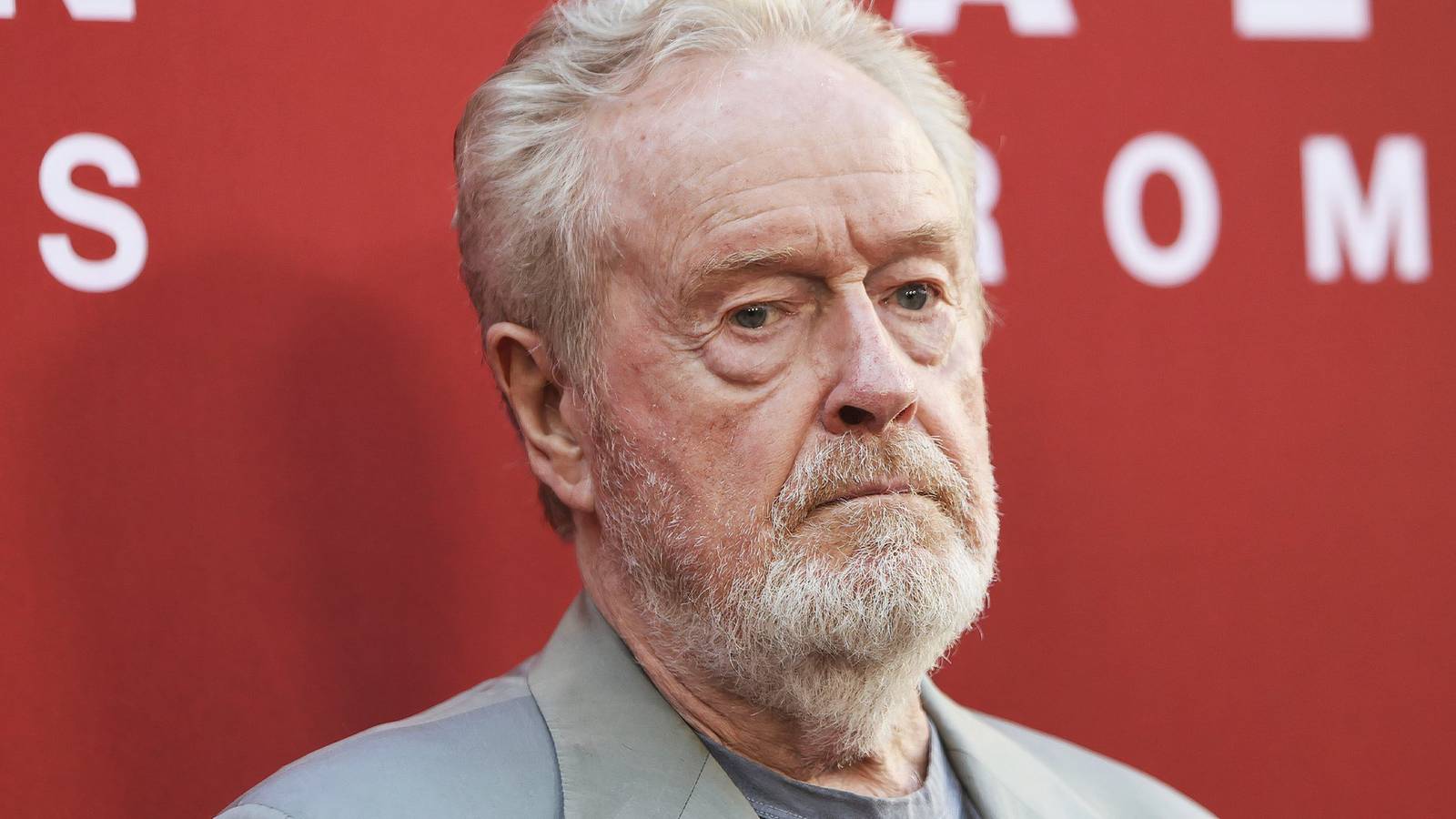Science fiction and real-life technological breakthroughs rarely cross paths. Sure, Charlie Brooker’s Black Mirror series has been eerily accurate at predicting the future of technology, and Stanley Kubrick’s 2001: A Space Odyssey foresaw some high-tech innovations, but few can be truly credited for such change. Indeed, the sci-fi mastermind Ridley Scott may be one of the only filmmakers who has come close to such glory, having a major role in the popularization of the Apple Macintosh personal computer at the dawn of 1984.
Just a year after transforming Harrison Ford into Rick Deckard in the enigmatic sci-fi masterpiece Blade Runner, Ridley Scott pivoted from dystopian Los Angeles to the real-world technological innovations unfolding in the present. Hired by advertising agency producer Richard O’Neill, Scott was tasked with creating a grand advert for the marvelous new Apple Macintosh 128K, inspired by the bleak world of George Orwell’s 1984.
Ridley Scott’s ‘1984’ Helped to Change the Perception of Apple
“It is now 1984; it appears IBM wants it all. Apple is perceived to be the only hope to offer IBM a run for its money,” Steve Jobs, then the Apple CEO, announced to the crowd at Apple’s 1983 keynote presentation. It is indeed tricky to downplay the dominance of technology giant IBM back in the mid-1980s, with the company having a revenue of $46 billion in 1984 (that’s approximately $137 billion in today’s money). IBM was the Goliath of the industry, or the “Big Brother” from Orwell’s novel, overshadowing the dogged minnows of Apple.
Therefore, when 1984 rolled around and Apple was ready to release their exciting new innovation, the idea of characterizing IBM as a dystopic villain fit like an absolute glove. Still, this didn’t stop Scott from being surprised at their creative decision, telling The New York Times, “I was amazed that the agency was so brave to take a highbrow piece of literature to sell a box that they never talked about, never showed a picture of, and never said what it was for.”
Estimated to have cost approximately $400,000, according to Apple’s then account manager in the same NY Times article, the advert was a shocking and distinctive piece of filmmaking that saw a young woman infiltrate a “Big Brother” broadcast and launch a sledgehammer at the vast screen, blowing up the dominant voice to herald a new era of computing. Viewers of Super Bowl XVIII, where the advert debuted, were shocked, to say the least, with its remarkable visual style grabbing the attention of news programs, who continued to run it days after its original broadcast—giving Apple invaluable free publicity.
But, unlike the fantasy of the movies, this didn’t immediately allow Apple to overtake IBM and become the tech giants we know them as today. Instead, the advert became a cultural event and was key in improving brand awareness, helping to cement Apple’s identity as a creative, rebellious disruptor of the consumer tech industry who was pushing boundaries and looking cool while doing it against the sinister force of IBM.
Ridley Scott Created a Name for Himself in Advertising

Image of Ridley Scott thinking
Image via INFphoto.com
This wasn’t Scott’s first rodeo in the world of marketing, with the acclaimed filmmaker having been making advertisements since the very dawn of his career. Alongside his brother Tony Scott, who would bring such delights as Top Gun and True Romance to the big screen, Ridley created the production company Ridley Scott Associates (RSA). Helping to promote the sales of everything from Colgate toothpaste to Hovis bread to Chanel N°5, Ridley Scott has since made thousands of advertisements that have helped him to continually shape his cinematic craft.
Hardcore Scott fans or lovers of commercial hypnotism might be interested in this compilation of his entire advertising career, with the impressive catalog demonstrating how he’s helped to innovate both on the big and small screen. Indeed, while he’s made cinematic masterpieces like Alien and Gladiator, he’s also been showered with praise for his beloved adverts, such as the aforementioned “Bike Round” Hovis promotion and, of course, the revolutionary “1984” commercial.
Changing the face of Apple and of advertising itself, Scott’s film was the first to suggest that the Super Bowl advertisements should match the grandiosity of the game, creating a spectacle that attracts viewers even when home runs aren’t being scored. Further reflecting on the legacy of the ad in the NY Times, the director added, “I think the Super Bowl frenzy started there. Then, it was about $1 million a minute. Now, it’s about $7 million a minute.”
The ‘1984’ Advert is Now Considered Pretty Ironic
Decades later, Scott’s advertisement is still considered one of the very best of all time, with its bold arrival being rather seminal in the company’s history, laying the foundation for the kind of slick style that Apple is now known for. Had it not been for the success of Scott’s risky marketing stunt, Apple may not have grown into the tech behemoth we know today, where the late Steve Jobs is adored as a tech pioneer, with films like Danny Boyle’s 2015 Oscar nominee solidifying his legacy. Yet, there’s no doubt that Scott’s iconic advert also reeks of irony.
If a similar tech company had made the same advert today, Apple would likely be the “Big Brother” villain, with the company having a baffling dominance over the entire digital ecosystem, from smartphones to laptops and more. As of September 2025, Apple has a market cap of $2.6 trillion, with iPhones and MacBooks becoming a permanent fixture of any handbag and ubiquitous in every home. Establishing a cultural chokehold that encourages conformity, the company has arguably become the very “Big Brother” they once criticized. Thanks, Ridley Scott.

- Release Date
-
March 22, 1985
- Runtime
-
113 Minutes
- Director
-
Michael Radford
